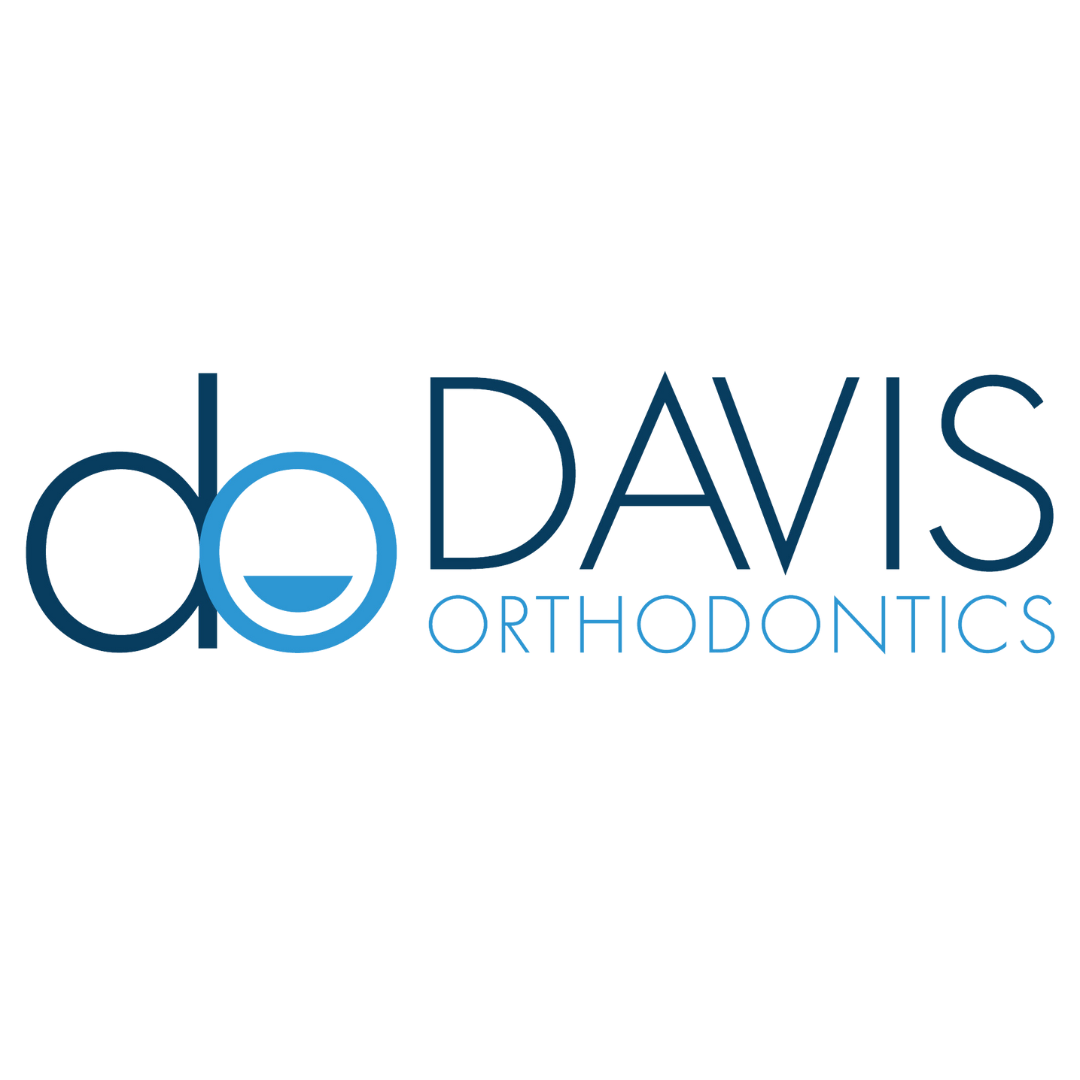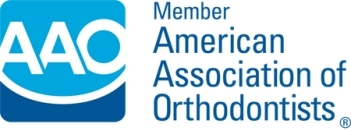Orthodontic Appliances
Most people are familiar with the “standard” equipment and materials for orthodontic treatment. Things like wires, brackets, aligners, and colored rubber bands are often the first things that come to mind. As the average person starts to elaborate on that list, orthodontic appliances come up, but the knowledge and familiarity around how these instruments are often limited. In this post we will touch on some of the most commonly used appliances in orthodontics.
Rapid Palatal Expander (RPE)

This appliance is usually the most commonly known orthodontic device. These appliances are often placed in younger patients that are still growing and are used to slowly widen a narrow upper arch to create more space for teeth where there is crowding or to help correct bite issues such as a crossbite. The tool is placed in the roof of the mouth and has connecting “rods” which are cemented to the patient’s molars. At the center of the device is a small screw with a hole that when turned, extends the “rods” outward and pushes them against the teeth. The screw is turned with a special “key” once a day. This is a very gradual expansion process which lasts over a period of 4-5 months. The RPE only moves .25 mm with each turn which allows the two bones in the palette to grow back together as they are slowly spread apart.
Herbst

This functional device is used to help correct overjet issues. An overjet is where the upper jaw extends out past the lower jaw further than it should. An overjet often causes issues with how a person closes their mouth, chews food, speaks, and their overall facial appearance. The appliance has a hinge mechanism connected by screws that causes the lower jaw to move forward and repositions it into an ideal bite with the upper maxilla (jaw) which is held in place. By repositioning the jaw, it corrects the bite and makes it more stable.
Carriere (CMA)

This fixed appliance is used to correct a molar malalignment. The device can be placed on either the upper and lower arches and uses a metal rod that attaches from the back molar to the canine. A bracket with a hook is then attached to a tooth on the opposing arch and serves as an anchor tooth. Then an elastic band is used to connect the anchor tooth to the canine. Lastly the patient wears a clear retainer to hold the opposing arch in place. The CMA device uses light uniform backward force with controlled rotation of the molars while moving the whole canines to the molars segment as a unit. With proper patient compliance, the device moves the teeth into the proper position. A great indicator that the device (and the patient) has done the needed work is a small space forming between the canine tooth and the lateral incisor.
Distal Jet

A distal jet appliance is a device that is anchored against the roof of the mouth and consists of coiled springs that are attached to premolars and molars. The anchored springs apply constant backwards force to the molars, which slowly moves them back and creates the needed space to correct crowded teeth or for emerging teeth. It can also correct misalignments. Once proper alignment has been reached, a nance appliance replaces this device to hold the molars in place.
Nance

Like with anything new, there is a period of adjustment and getting used to having one of these in one’s mouth. It is not unusual to have some mild discomfort, but with a little time each of these devices will feel normal and you will be well on your way to reaching your ideal smile!









Leave a Reply
Want to join the discussion?Feel free to contribute!